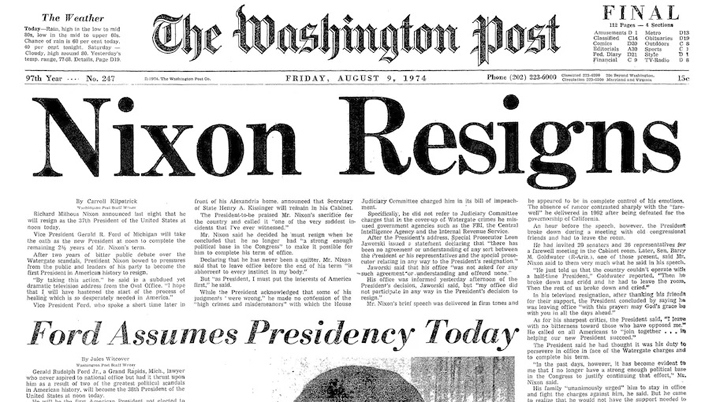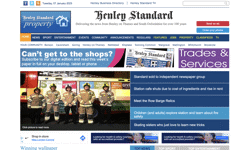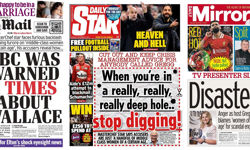
Last week, I celebrated the efforts of the New York Times to accentuate their USP (their humans!) by providing enhanced bios of their journalists.
Their motivation was clear: “With the increasing prospect of more A.I.-generated content filling the internet, we want to address this head-on by emphasising the people behind our work.”
Of course, the internet being swamped by a tsunami of variable quality AI-produced content is only one of the existential threats we face.
Another is the relentless efforts of unscrupulous politicians to portray legitimate journalistic endeavours as “fake news” or examples of extreme bias.
The result of these efforts is an unwillingness on the part of millions of people to take serious journalism seriously.
The other day, I was having a conversation about the likely Biden vs Trump matchup, which went roughly like this:
Me: I’d vote for Biden.
Him: Biden’s senile, I’m leaning towards Trump.
Me: But he lies a lot.
Him: All politicians lie.
Me: But not nearly as much as him. The Washington Post documented 30,573 untruths by him during his presidency.
Him: They’re just anti-Trump. Who owns the Washington Post?
Me: Jeff Bezos.
… at this point, the conversation petered out and we went our separate ways …
I thought that invoking the Washington Post would be the clincher, but no. Increasingly, for many, any news outlet that calls into question their political leanings is brushed off as either fake news or so biased that their reporting can’t be relied upon.
Being an optimist, I feel the majority of people will still listen to reason. The challenge for legitimate news outlets it to remove all barriers to trust – to make it easy for open minded people to believe what they have to say. For the critical mass of people with an open mind, this will make the difference.
What does this mean in practice? A good place to start for any reputable news outlet is to see how they measure up against the nine criteria NewsGuard uses when they score the reliability of websites: 1. Does not repeatedly publish false or egregiously misleading content; 2. Gathers and presents information responsibly; 3. Has effective practices for correcting errors; 4. Handles the difference between news and opinion responsibly; 5. Avoids deceptive headlines; 6. Website discloses ownership and financing; 7. Clearly labels advertising; 8. Reveals who’s in charge, including possible conflicts of interest; 9. The site provides the names of content creators, along with either contact or biographical information.
If enough news outlets achieve high scores in each of these areas then those “news” outlets that really are fake / biased will be increasingly marginalised and fruitless conversations like the above will be less common.
Well-intentioned news organisations need to do everything in their power to demonstrate and publicise their reliability. For what it’s worth, the Washington Post has a 100/100 rating from NewsGuard. Maybe that would have been the clincher… darn it.
(PS. We are finalising the mailing list for the Jan/Feb issue of InPublishing magazine, which will have the 2024 Publishing Partners Guide inserted with it. Don’t miss out. If you’re not on our free mailing list, please register here.)
You can catch James Evelegh’s regular column in the InPubWeekly newsletter, which you can register to receive here.












